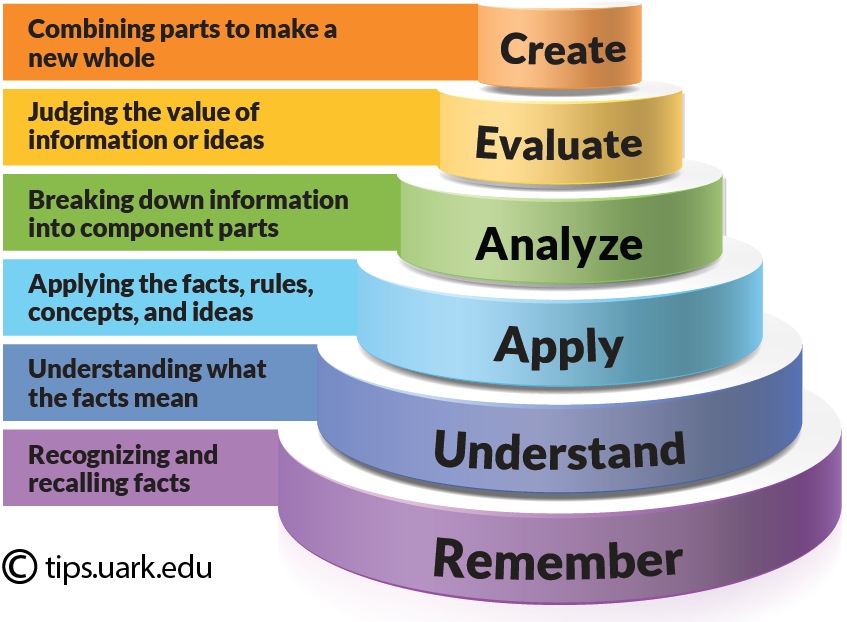We began the lesson with a quick review of the material taught in our direct instruction lesson. Once this was completed, we introduced our problem. We told the class that Plankton has a problem; he wants to open his own restaurant and he needs to go to the bank to do so. However, he has never been to a bank before and he does not want to ask Spongebob for help. We told the second graders it was their job to write Plankton a letter explaining what he should do at the bank and how the bank works.
The students were extremely engaged. They quickly pointed out that they did not want to help Plankton because he is the "bad guy". We explained that Plankton is asking for help and he is going to change, and that it is our responsibility to help anyone who needs our help.
We asked the students questions about the problem solving process before we explained the process and our expectations to them.
We broke up into groups. One college student sat with a group of 3 second graders. The child in the class with an IEP was placed in a group of 4 second graders and 2 mount students. One of my peers and I were the teachers helping this group. Each group was given two articles to read and take notes on. This section of the lesson could have been improved. We could have printed more articles and the articles could have been enlarged so that the students could read them more easily. Instead of asking the student with the IEP to read the articles, I read them to her while the other mount student in our group worked with the other 3 second graders.
Overall, this part of the lesson went well. We completed it on time and all of the students gathered ideas and information. On the bottom of their note taking sheets, they were asked to draft ideas that they wanted to share with Plankton. I assisted the student with the IEP by writing some, but not all, notes for her.
Once this part of the lesson was over, each student returned to their desks. One of the mount students in my group explained the letter writing activity to the class. We provided each student with a template and a writing checklist that was easy for them to understand and utilize. The purpose of the writing checklist was so that students knew they were following all directions and meeting expectations. The lesson ended with the students writing their letters, using their checklists and note sheets to help them.
Overall, my group and I were proud of the execution of this lesson. Everything went exactly as planned. The two improvements that could have been made to this lesson were mentioned earlier.








